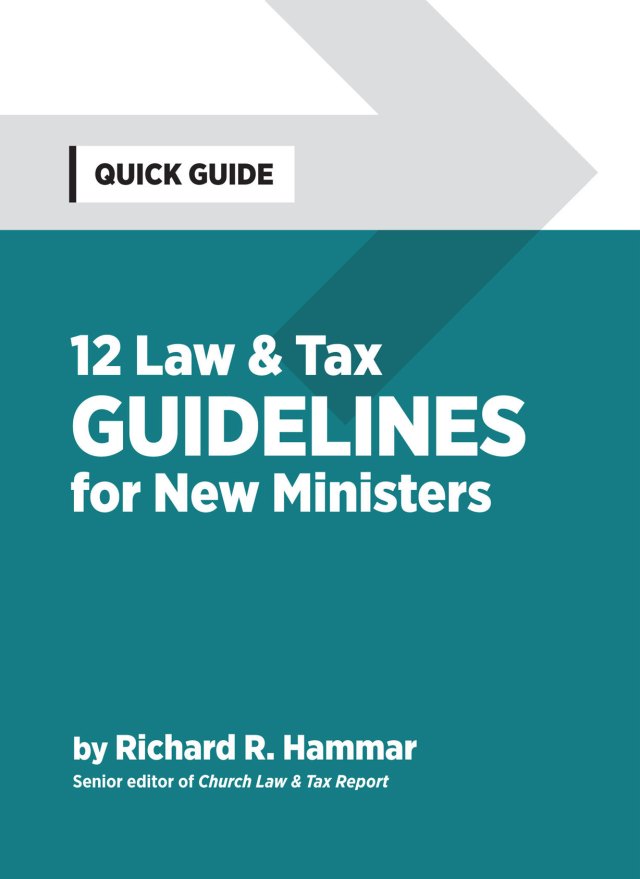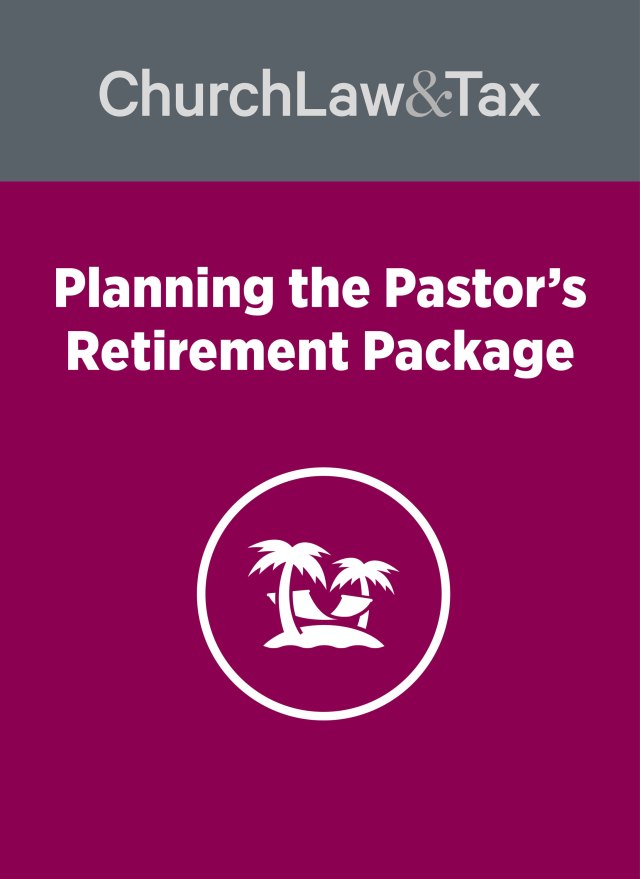Ministers and church treasurers must understand the tax rules that apply to clergy. Unfortunately, seminary training rarely covers these unique tax laws, and church treasurers often lack the necessary knowledge. This gap in information can lead to mistakes in handling clergy income, paying taxes, and missing out on valuable tax benefits.
Clergy are eligible for five special tax rules regarding services performed in the exercise of their ministry:
- Housing Allowance: A portion of church compensation designated as a housing allowance is exempt from federal income tax (limitations apply).
- Parsonage Value: The annual rental value of a church-provided parsonage is exempt from federal income tax.
- Exemption from Self-Employment Taxes: Ministers may qualify for exemption from self-employment taxes under specific conditions.
- Self-Employment for Social Security: Ministers are generally considered self-employed for Social Security purposes (if not exempt).
- Income Tax Withholding Exemption: Ministers’ wages are exempt from income tax withholding unless they opt for voluntary withholding.
To qualify for these benefits, you must meet the IRS’s definition of a “minister” and be engaged in the exercise of ministry. The IRS applies a five-factor test to determine this status. If you meet these requirements, the next step is understanding how to properly file taxes to claim the benefits available to you.
Top 3 Tax Issues for Clergy
1. Reporting Income Taxes: Employee or Self-Employed?
Ministers must determine whether to report income taxes as employees or self-employed individuals. Most new ministers should report as employees because:
- Fringe benefits, like employer-paid health insurance premiums, are excludable.
- The risk of an IRS audit is lower for employees.
- Employees avoid additional taxes and penalties that can result from being reclassified by the IRS during an audit.
2. Social Security Taxes: Employee or Self-Employed?
Ministers are always treated as self-employed for Social Security purposes concerning their ministerial services, regardless of whether they report as employees for federal income tax. This dual tax status means:
- Ministers pay the self-employment tax (15.3% of taxable earnings).
- Churches must not withhold Social Security and Medicare taxes (FICA taxes).
- Some churches help by paying half or all of the minister’s self-employment tax, but these payments must be reported as taxable income.
3. Paying Taxes: Quarterly Payments and Estimated Taxes
The federal income tax is a “pay as you go” system. Ministers must prepay their income and self-employment taxes using estimated tax payments. Here’s how:
Steps for Paying Estimated Taxes
- Obtain IRS Form 1040-ES: Get this form before April 15 of the current year.
- Compute Estimated Taxes: Calculate your estimated tax by considering adjusted gross income, deductions, and credits. Include housing allowance exclusions and self-employment taxes.
- Pay Quarterly Installments: Make one-fourth of your total estimated tax payments by the following deadlines:
- April 15: For income earned January 1–March 31
- June 15: For income earned April 1–May 31
- September 15: For income earned June 1–August 31
- January 15: For income earned September 1–December 31
- Adjust Quarterly Payments: Recalculate if your income, deductions, or credits change during the year.
Handling Overpayments and Underpayments
- Overpayment: Apply overpaid taxes to the following year or request a refund.
- Underpayment: Avoid penalties by using IRS Form 2210 to calculate and pay any owed penalties.
FAQs About Clergy Taxes
Can clergy opt out of Social Security? Yes, but only on religious grounds by filing IRS Form 4361. This decision is permanent unless Congress changes the law. What happens if a church withholds FICA taxes for a minister? This is incorrect. Ministers are always self-employed for Social Security regarding ministerial services. Do ministers need to pay quarterly estimated taxes? Yes, if their estimated tax liability exceeds $1,000 and withholding does not cover their total tax owed. What is the housing allowance exclusion? It allows ministers to exclude a portion of their income used for housing expenses from federal income tax, subject to limits.
Conclusion
Clergy face unique tax challenges, but understanding key issues like employment status, Social Security obligations, and estimated taxes can help ministers and church treasurers navigate these complexities. By staying informed and following IRS guidelines, ministers can ensure compliance and maximize their tax benefits.





